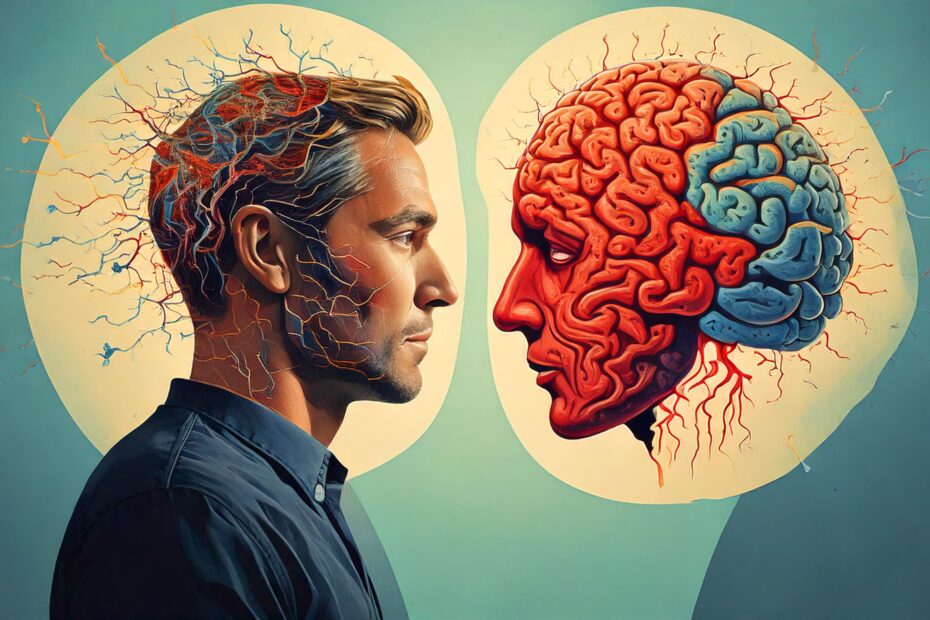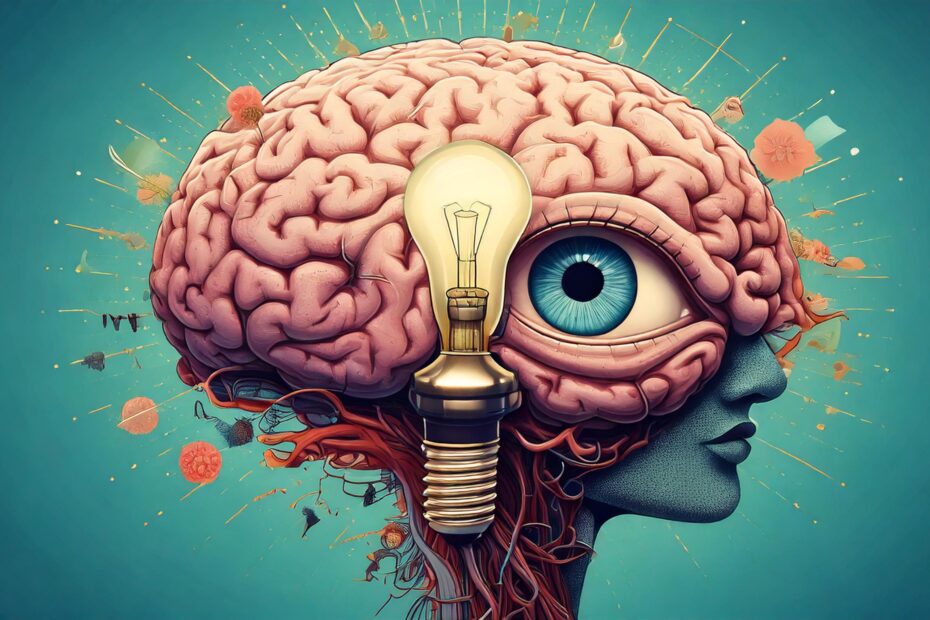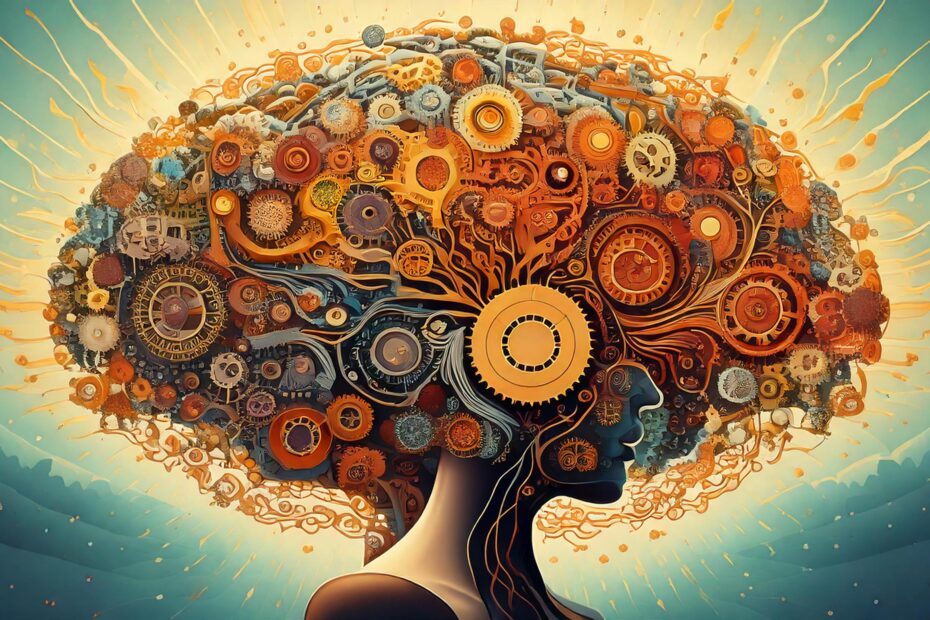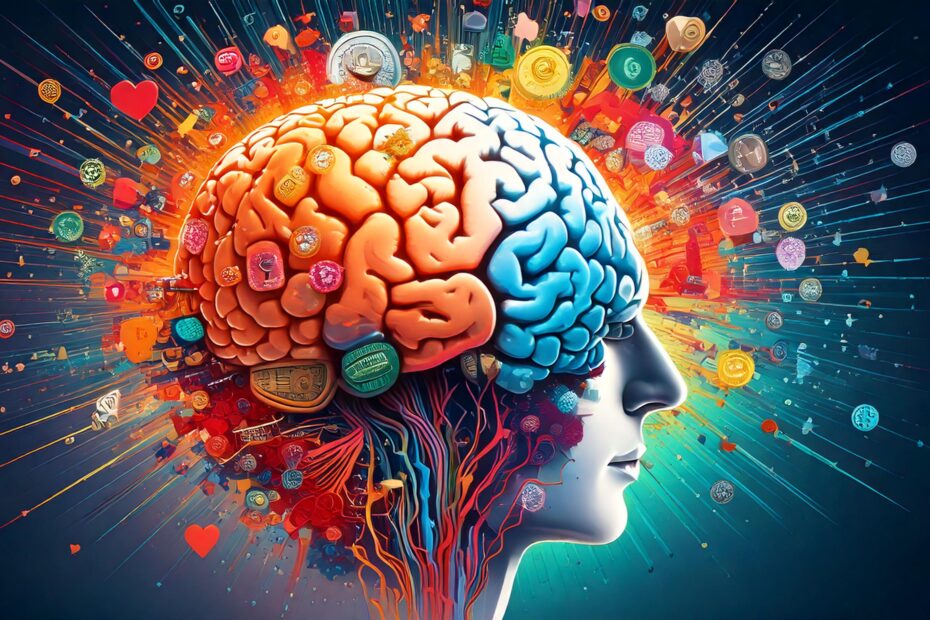Diagnosing Customer Frustrations: Identifying and Addressing the Hidden Needs of Your Customers
Identifying customer frustrations is essential for designing solutions that genuinely meet expectations. These hidden tensions often explain churn, dissatisfaction, or disengagement. Understanding them requires a deep dive into the customer profile, the perceived value of your offer, and your competitive positioning. This article explores how to diagnose these frustrations using qualitative research techniques, active listening, and the 10th Man Rule. Once revealed, frustrations become powerful entry points for differentiation.






